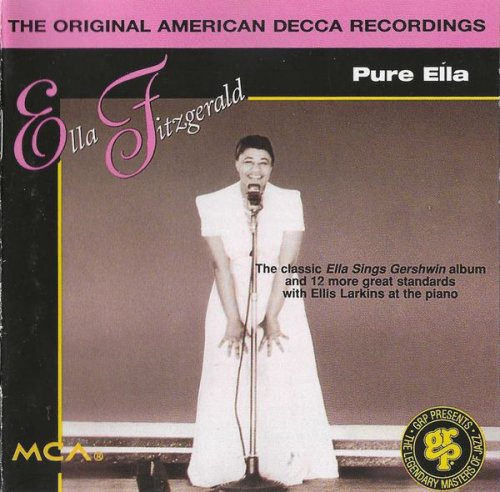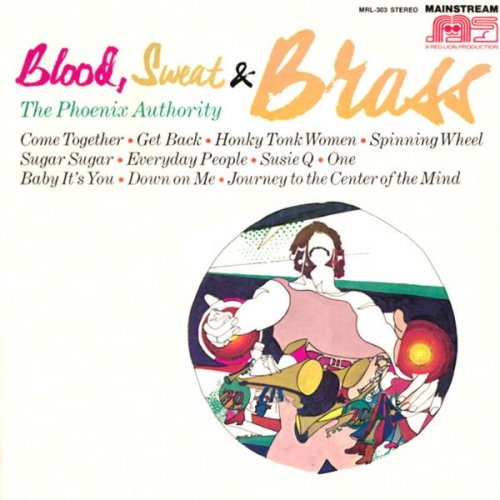Janacek Philharmonic Orchestra, David Porcelijn - Badings: Symphonies Nos. 2, 7 and 12 (2008)
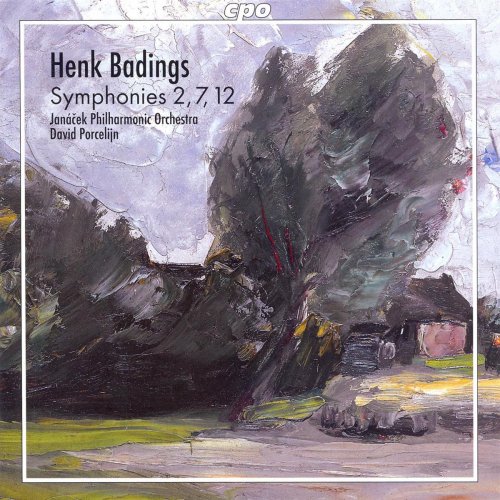
Artist: Janacek Philharmonic Orchestra, David Porcelijn
Title: Badings: Symphonies Nos. 2, 7 and 12
Year Of Release: 2008
Label: CPO
Genre: Classical
Quality: flac lossless (tracks)
Total Time: 00:59:51
Total Size: 248 mb
WebSite: Album Preview
TracklistTitle: Badings: Symphonies Nos. 2, 7 and 12
Year Of Release: 2008
Label: CPO
Genre: Classical
Quality: flac lossless (tracks)
Total Time: 00:59:51
Total Size: 248 mb
WebSite: Album Preview
01. Symphony No. 2: I. Allegro
02. Symphony No. 2: II. Adagio
03. Symphony No. 2: III. Allegro Vivace
04. Symphony No. 7, "Louisville Symphony": I. Lento - Allegro Appassionato
05. Symphony No. 7, "Louisville Symphony": II. Scherzo
06. Symphony No. 7, "Louisville Symphony": III. Adagio
07. Symphony No. 7, "Louisville Symphony": IV. Allegro Vivace
08. Symphony No. 12, "Symphonic Sound Figures"
Henk Badings enjoyed the most internationally focused career of any Dutch composer before Louis Andriessen, but his reputation at home was devastated by alleged ties to the Nazi regime during the occupation. Although Dutch audiences are only fitfully coming around to the idea of embracing the music of Badings once again, authorities in the Netherlands' powerful music hierarchy have already initiated an aggressive campaign to reinstate Badings to his position among truly great Dutch composers. One early triumph in this campaign was to get the German label CPO to agree to record all of Henk Badings' orchestral music, an enormous undertaking; Badings composed at least 15 symphonies; 23 concertos; and many suites, overtures, and other occasional works. This disc, Henk Badings: Symphonies Nos. 2, 7, 12, features David Porcelijn and the Janácek Philharmonic Orchestra in symphonies that represent Badings' early, middle, and late periods. The CD provides a decent, basic handle on his symphonic output, not to mention an excellent listening experience overall.
The Symphony No. 2 was composed in 1932 and first conducted by legendary Dutch conductor Eduard van Beinum, who at that time was still struggling to get out from under the shadow of Willem Mengelberg. It strongly demonstrates the influence on Badings from the influence of Hindemith, and it would have been interesting to hear it under the baton of van Beinum himself; it is a grand and glorious, yet tight and concise symphonic statement of the kind that van Beinum excelled in conducting. It also clearly belongs to the anxious, premonitory genre of pre-Nazi European works that allude to tensions about things to come, like Kurt Weill's Symphony No. 2 or Stefan Wolpe's Marsch und Variationen for two pianos. This is evidenced by the stern martial figures that dominate the last movement; this symphony provides far more eloquent refutation of the notion of Badings as a Nazi collaborator than the words he offered on his own behalf to postwar military tribunals investigating his complicity.
Badings' Symphony No. 7 was written for the Louisville Symphony's director Robert Whitney, who commissioned Badings after hearing his Symphony No. 3, his best-known and most widely traveled orchestral work. Badings complied with a symphony that presses the same buttons that made the earlier piece so popular, but this is not merely a rehash of a successful formula but a strong orchestral statement in itself and it has a ravishing Adagio at its core. By the time Badings got around to the Symphony No. 12, "Symphonische Klangfiguren" (Symphonic Sound-figures), serialism was all the rage in Europe, though Badings only incorporated enough of this approach to add color to music already well within his established vein. The Symphony No. 12 a compelling, atmospheric, intense, and even cinematic-sounding, single-movement work, opening within an exotic, hushed, and Debussyian soundworld and gradually building to an uproarious climax centered in the trumpets and percussion -- throughout it is palpably rhythmic.
Porcelijn and the Janácek Philharmonic turn in a slightly underpowered performance of these pieces that evinces some measure of unfamiliarity and short rehearsal time, and CPO's recording is serviceable without being spectacular. One is so grateful, however, just to be able to hear these magnificent twentieth century symphonies that shortcomings are easily forgiven, and the performance of the Symphony No. 12 is probably better than it should be under such circumstances. They have a long way to go before Badings' trunk is exhausted, and this volume definitely leaves one hungry for the promised entries to follow.
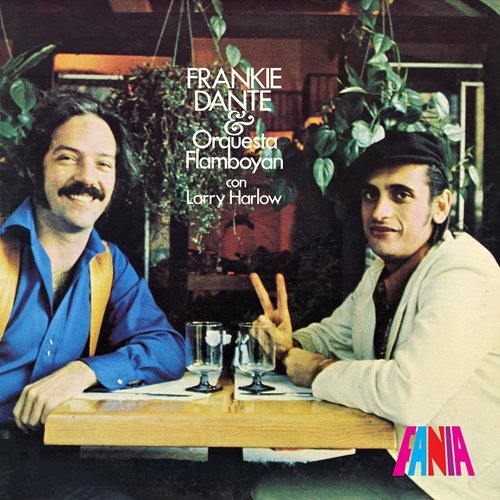
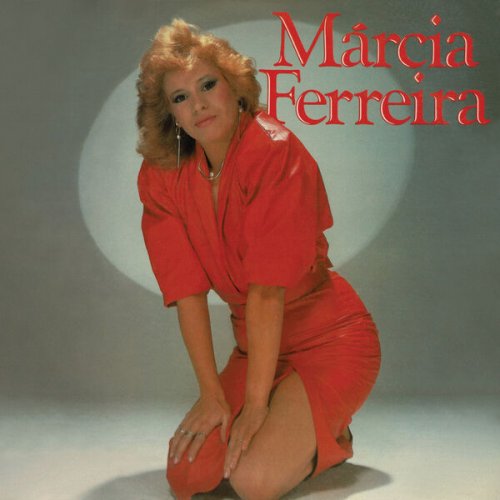
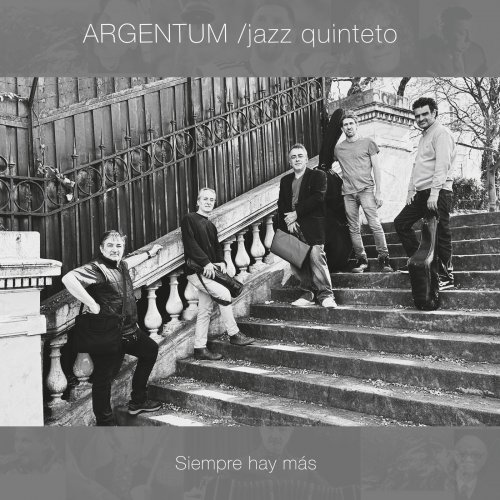


![Elmer Bernstein - Movie and TV Themes (1962) [1987] Elmer Bernstein - Movie and TV Themes (1962) [1987]](https://www.dibpic.com/uploads/posts/2025-12/1766269303_folder.jpg)

